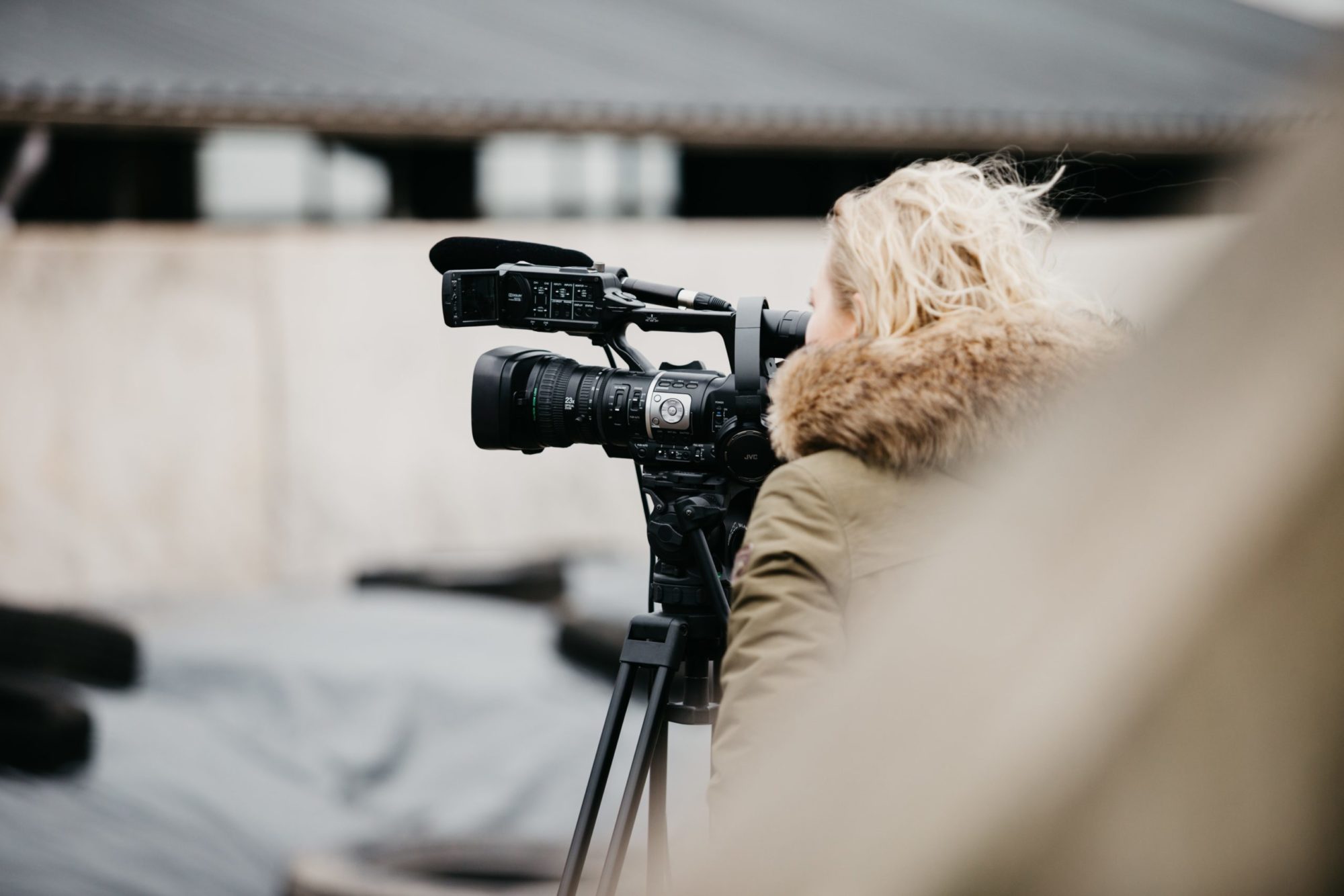Watching coverage of the January 6 insurrection, we were reminded of the Black Lives Matter (BLM) protests that took place across the nation last summer. The similarities were there: the fog of tear gas hanging in the air and the “pop” of flash bangs hitting the ground took us back to downtown Indianapolis, where we at the Indianapolis Recorder — America’s fourth-oldest Black newspaper — reported from the protests that brought out thousands of people. The differences between what happened on January 6 and the events of last summer, however, were stark — and the mostly white mainstream media missed an opportunity to tell the whole story.
National media explained away a brewing white insurrection by saying people were incited by President Donald Trump and fed lies through online forums such as QAnon — and that these were misled patriots trying to take their country back. BLM protesters, on the other hand, didn’t get the same level of empathy. While many mainstream outlets mostly stayed away from calling them “anarchists” or anti-American, they had no problem with their on-air guests using those labels to describe BLM protestors. Fox News, for example, allowed former New York City Mayor Rudy Giuliani to call BLM a “domestic terrorist group.” Over the years, CNN has allowed former Senator Rick Santorum to invoke the false argument of “reverse racism” when speaking about the BLM movement. Mainstream media’s lack of empathy, therefore, made “Black Lives Matter” an issue up for debate and not a statement of fact.
How can mainstream media fix this lack of empathy? The answer isn’t simple but is connected to having more diverse newsrooms.
ON CALLS FOR “UNITY”
Mainstream media has become obsessed with “unity” following the insurrection. Ever since President Joe Biden was sworn into office, the calls for unity have somehow intensified because the link that binds —and blinds — most white journalists in turbulent times is a desire for predictability, comfort, and a clear path forward. It’s like they would sooner hold hands with racists than hold them accountable.
Of course, many white journalists believe they really are holding racists — and Trump — accountable just by way of using words such as “terrorist” and “insurrection,” but they fail to connect the dots between what’s happening now and what has always happened in America: White people raise hell when they feel their slice of the American dream is threatened.
Of course, many white journalists believe they really are holding racists — and Trump — accountable just by way of using words such as “terrorist” and “insurrection,” but they fail to connect the dots between what’s happening now and what has always happened in America: White people raise hell when they feel their slice of the American dream is threatened. Journalists at Black newspapers understand this, and so we can skip the part where we pretend white America’s most recent temper tantrum came out of a vacuum.
TAKING OFF THE BLINDERS
The blinders many white journalists have on may not be conscious. In journalism, we like to talk about “removing bias” from our reporting, as if that’s possible. While reporters should strive to never take a side on political issues, it’s difficult, if not impossible, to remove our bias from our reporting.
Our bias is shaped by our worldview: our race, gender, socioeconomic status, etc. In the newsroom, our bias shapes everything from the stories we pitch, the questions we ask, and the angles we take. For example, if a reporter is white and upper-middle-class, their reporting may not be relevant to people of color living in poverty. Recently, news outlets have been covering diversity efforts made by the Biden administration, including a memorandum to condemn bias against Asian Americans. While many in the mainstream media were praising what is, in all fairness, a good effort, many outlets ignored the frustrations of members of the Black community who feel they haven’t been adequately represented in the new administration’s work to combat racism.
Bias isn’t inherently a bad thing, but it creates an argument for more diverse newsrooms. With more voices and life experiences filling the space, reporters not only have colleagues to go to with questions, but they learn to instinctively consider other perspectives when reporting from the field.
This is not to say only Black media and journalists are capable of covering what happened on January 6, and white journalists who remember to remove their blinders each morning won’t be offended by any of the above. Every newsroom needs a more diverse pool of journalists — not just to cover race-related topics, but also business, education, government, technology and everything in between. When we limit Black reporters to only covering race or multicultural stories, we also limit the voices that are heard in stories pertaining to health, education, and other pressing topics of the day.
A functional newsroom has a team of journalists and editors who understand their blind spots and help each other move beyond their own biases. If outlets around the country make a concerted effort to enhance their diversity, we’ll begin to see a more balanced news industry that reflects the voices of the country.
Breanna Cooper and Tyler Fenwick are both journalists at the Indianapolis Recorder.




















